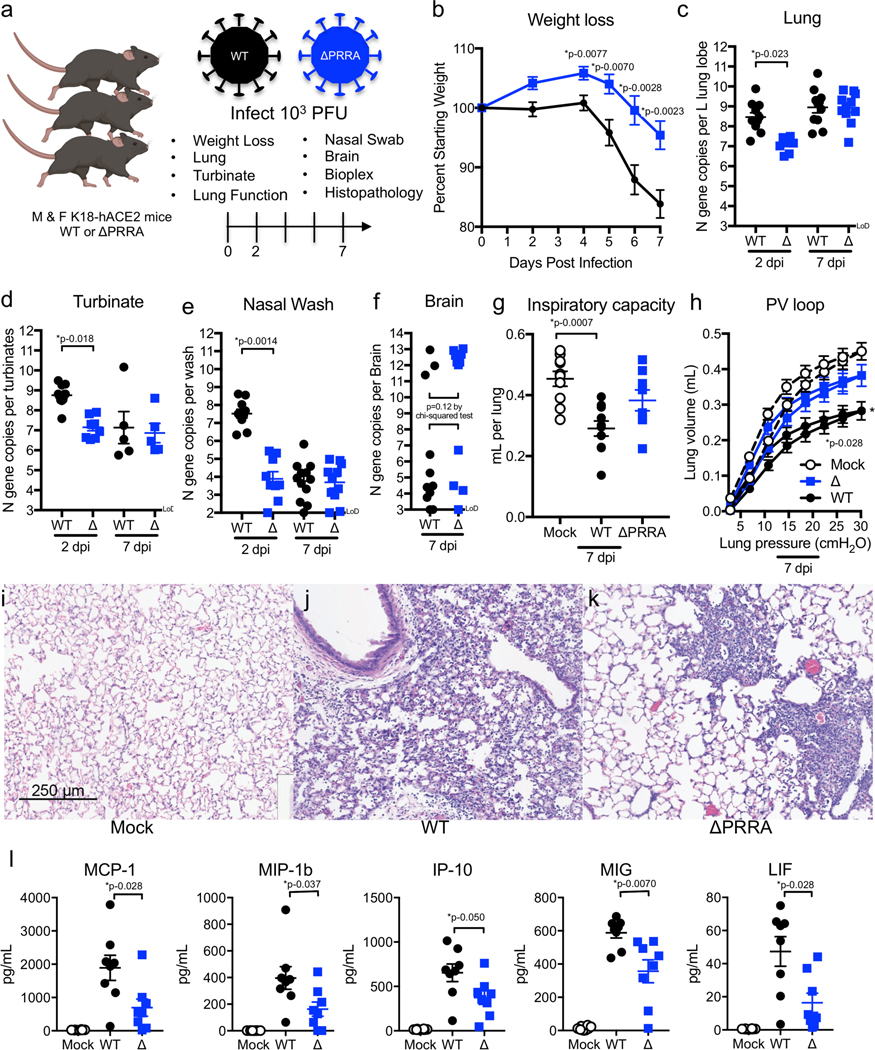Figure 3. Infection of K18-hACE2 transgenic mice with ΔPRRA mutant.
a, SARS-CoV-2 challenge schematic created with BioRender. Male and female mice were challenged with 103 PFU of SARS-CoV-2 WT (black) or ΔPRRA mutant (blue) and evaluated for (b) weight loss (N=12 for both groups), viral RNA from the (c) lung (d) nasal turbinate, (e) nasal wash, and (f) brain. N=9 for WT and 11 ΔPRRA D2, N=11 for both at D4. g-h, Lung function evaluated using Flexivent mechanical ventilator to assess (g) inspiratory capacity, and (h) pressure/volume (PV) loop. N= 10 for WT and 9 for ΔPRRA. i-k, Lung histopathology 7 DPI from (i) mock, (j) WT and (k) ΔPRRA infected mice. Images represent lung sections from 3 mock, 3 WT, and 3 of ΔPRRA infected mice. l, Chemokine analysis of mouse lung homogenates at 7 DPI with mock (open), WT (black), or ΔPRRA SARS-CoV-2 (blue). N=8 for all groups. Data are presented as mean values +/− SEM. Scale bar represents 250 μm for (i-k). P-values based on a two-tailed Student T-test with unequal variance (b), Kruskal-Wallis Test for multiple comparisons (c-k) or a two-tailed Mann-Whitney test between WT and ΔPRRA (l).

